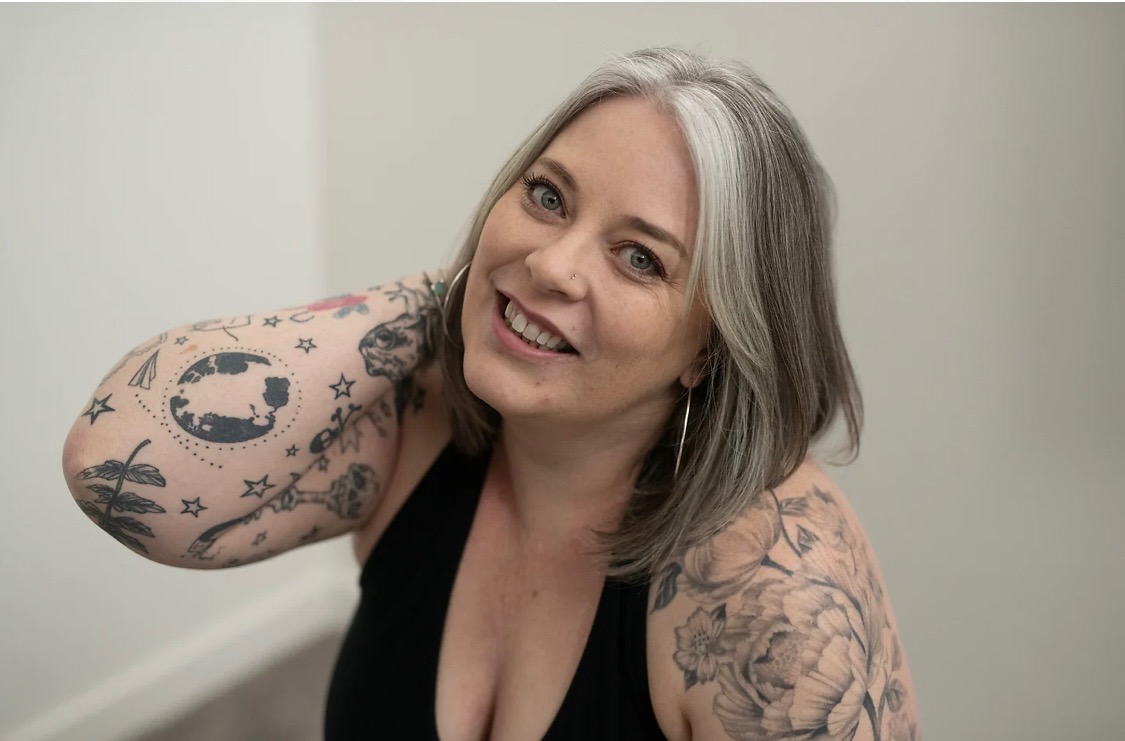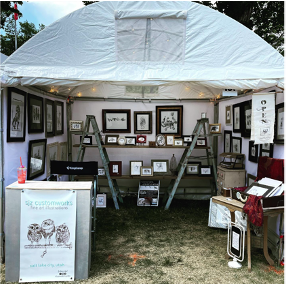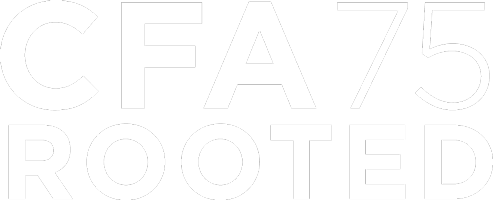By Danielle Horlacher
Every year, countless artists show and sell their work at art festivals internationally. Utah is lucky to be the home to many amazing festivals: The Utah Arts Festival, Park City Kimball Arts Festival, The Urban Arts Festival, and so many more. These festivals can be a great way for artists to sell their work while connecting with their audience.
But, being invited to sell at festivals can seem intimidating and confusing –– which is why I sat down with local Utah artist Sarah Jean Holt who has a lot of experience selling her work at shows.

Better known as SJ, Holt is a self-taught, fine artist based in Salt Lake City. You can find her work in juried fine arts festivals in Utah, Colorado, and New Mexico as well as galleries in her home state. From her artist statement: "All of my work is done in pen and ink - exclusively using the stipple technique... this means that I draw one little dot at a time. It's a painstakingly slow process, but the result is a highly detailed piece with an intriguing texture. Occasionally I will infuse a piece with a touch of color, usually with colored pencil. My subject matter tends to be whimsical, often playful. I've often been asked where my inspiration for my art comes from. I know that artists typically have some deep, soul-rending answer for this. Mine is simple: I love what I do. My inspiration is my passion for creating something beautiful and the startling rush of emotion I feel every time I step back to look at a finished piece. It never fails to surprise me."
The first, and arguably most important, piece of advice SJ offered is to start attending as many events as you can; but with the perspective of a participating artist. Observe the booths, learn what you like (and don’t), what grabs your attention, and what configurations work for a smooth flow. Don't be afraid to ask artists about their setup, and how it works. Not everyone may be eager to answer, but you’ll often find artists are excited to help and offer advice. Once you have been through a few, you can begin designing and setting up your own booth and in doing so, you can acquire the ever-important booth shot.
What is a booth shot?
A booth shot is an image of your booth from roof to bottom displaying all three sides of the booth and showing off your ability to design the space to look welcoming and professional. A shot of your booth is often required by bigger arts festivals. This photo is for the jury to help decide who they invite to the show, so you must take great care in getting a good image that shows every part of your booth in one photo. Do not include any identifying material so that it can be anonymous. Since a booth shot is required for most major festivals, it's always a good idea to participate in a smaller show to give you the opportunity to solidify your booth shot. Here, you can see SJ’s booth.
Advice for booth setup
“My first booth was a hot mess, we had these huge thick walls that I hung these heavy curtains on to cover the corners with,” SJ explained. “I had a wooden table that ran through the middle of the booth and I had my prints displayed on that. It was hot, miserable, and the flow of traffic was bad.” She soon adapted her booth to have much better airflow, displays, and presentation. Today, her stunning booth provides much more than just a space to show art –– it’s an environment in which to fully experience her art.
I asked her what she used to stand out. “For me, it's my presentation, my ladders, my vintage table, my vintage suitcase for displaying, and an antique cabinet. I have lanterns for when it gets dark, and string lights on the top of my booth. Everything about it is just welcoming and homey,” she said.
Having a better-designed booth brought in more people interested in her work. “People now look and want to know what is going on inside there,” she said, which has led to both more engagement and more sales. So making sure to carefully consider your setup in airflow, walkway, environment, and feeling can make for an even more successful festival.
Preparing your work
When submitting to enter an art show, there are four main things to consider: your category, jury pieces, prices, and the number of pieces to get started. Carefully considering these topics will increase your chances of not only showing but also having a successful time selling.
Since SJ works with ink and occasionally colored pencils in her stipple work, her category is drawing. Figuring out your category dictates the kind of work you are allowed to display. This can be different for each festival, and it is important to research the rules for each one. Organizers do not want artists encroaching on other disciplines' territories, so for example, t-shirts might be limited to printmakers only, or if you use some paint in your drawings this can change your category from drawing to mixed media. Make sure your body of work closely follows the category you intend to apply for.  courtesy SJ Holt
courtesy SJ Holt
Jury pieces are usually about four images that show your ability for composition, design, skill, craftsmanship, and consistency. It is important to select images that all fit a theme. Often, style is not enough. If you like painting portraits, landscapes, and still life, SJ recommended that you pick one. In your booth, you can have a bit more freedom when it comes to subject matter, but it is important for judges to see consistency.
Pricing, that elusive step that is especially difficult for new artists, is crucial. Of course, this is all dependent on the work you do and the time you spend on any given image. SJ sometimes spends upwards of 100 hours on a single image. This can be difficult to price as a good wage for that time would be difficult to sell. She breaks down hours by offering prints that sell enough to make the time worth it. She also stressed to make sure your prints are of high quality, such as giclee.
As you figure out how to set prices, look at other artists who are in a similar category and skill level. Seeing others’ prices is an important metric that can be helpful.
While originals are a big purchase category, not everyone can afford them, so having things like stickers or small ticket items can help bring people in and boost sales. SJ also recommends having bundle prices as people always love a deal. If you have 3-5 artworks that go together those are great things to bundle as “People always seem to want to buy at least 2 of something in a series,” SJ remarked.
SJ suggested an artist start with at least 12 pieces to fill your booth. Having a large body of work is essential in selling as you have more to offer to each person’s tastes. Making sure the pieces are at eye level and easy to access helps viewers enjoy your work and fall in love.
Now it's time for you to get started
You never know until you try! Remember these key things as you put yourself out there:
-
Look at other booths and find what you like until you can design something you're happy with.
-
Preparing your booth and booth shot is the first step in starting at festivals.
-
Make sure you understand the rules of the show and you can select work that shows your best skills.
-
SJ’s hot tip: The Urban Arts Festival is a great place to start as a new artist before jumping into the deep end as it does not require a booth shot!
Author Danielle Horlacher is an Emerging Leaders Intern with ArtsForce and is currently working toward her BFA with an emphasis in Illustration.


